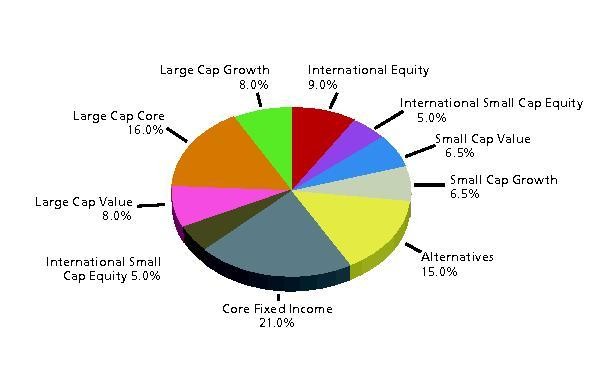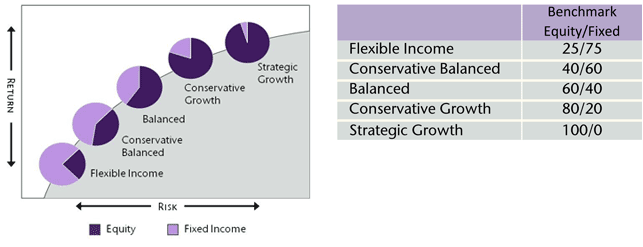Asset Allocation Strategies
Post on: 16 Март, 2015 No Comment

Three Canadians, in three different situations, and the investment mixes that were right for them
There is no simple formula for figuring out your asset allocation. But you can tailor an allocation to your financial and psychological profile if you consider your age, number of years until retirement, your financial goals and obligations, and your personal comfort with investment risk.
To get an idea of what that means, consider the three hypothetical investors described below. Assume, for the sake of this example, that at the start, each is 38 years old, earns $35,000 a year and contributes 6% of his or her salary ($2,100) to an RRSP. Because each has different financial circumstances and feelings about risk, each chose a different allocation.
Judy. a single woman who lives alone, says market swings would keep her awake at night. What’s more, her mother is an invalid, and in a few years Judy may need to help pay her mother’s nursing-home bills. Keeping in mind her discomfort with risk and the probability that she will need her money to help her mother, Judy decided on the following asset allocation: 40% stock funds, 40% bond funds, plus 20% in guaranteed investment certificates (GICs) or stable value funds.
Bob has two young children, so he and his wife, Betty, will be helping to cover university bills almost until the day Bob retires. Since they won’t be able to save much while they’re paying those bills, they must save all they can today and invest it for maximum growth in the hope of netting the biggest retirement fund possible. They picked two different stock funds, for a total of 80% of their investments, and put the rest in bond funds.
Mel has two older children who will finish their post-secondary education years before he retires. But he talks about quitting his job in a few years and starting a business with his wife, Molly. When that happens, they may have to supplement an initial drop in income by tapping their nest egg for a while. With that in mind, they want to balance investment growth with safety of principal. They chose to put 60% of their money in stock funds, 20% in bond funds, and the remaining 20% in GICs or stable value funds.

Because of their different asset allocations, Judy, Bob and Mel will have different-sized nest eggs come retirement day. How big might the difference be? While past performance is no guarantee of future returns, let’s see how these allocations would have performed during a 24-year period. Assuming that their allocations stayed the same and their incomes and RRSP contributions grew by 4% a year, Judy would have accumulated about $300,000 in her RRSP, Bob would have about $373,000, and Mel would have about $329,000.
In hindsight, it’s clear that Bob had the winning strategy for the 24 years. But given Judy’s and Mel’s discomfort with risk and the other financial needs they anticipated, they probably did what was right for both their pocketbooks and their peace of mind. Those are the kind of considerations that should guide you, as well, in determining your own asset allocation.














